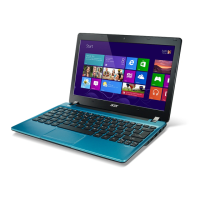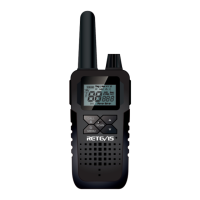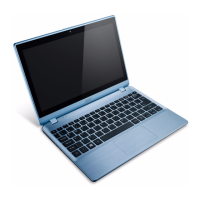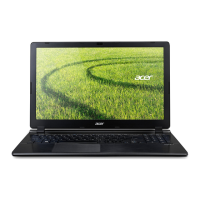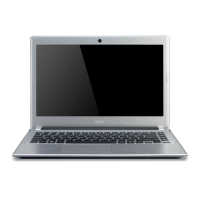Do you have a question about the Acer Aspire V5-122P and is the answer not in the manual?
| Processor Speed | 1.0 GHz |
|---|---|
| Graphics | AMD Radeon HD 8210 |
| Display | 11.6-inch, 1366 x 768 |
| Storage | 500 GB HDD |
| Operating System | Windows 8 |
| Battery | 3-cell Li-ion |
| Battery Life | Up to 5 hours |
| RAM | 4GB |
| Processor | AMD A4-1250 |
